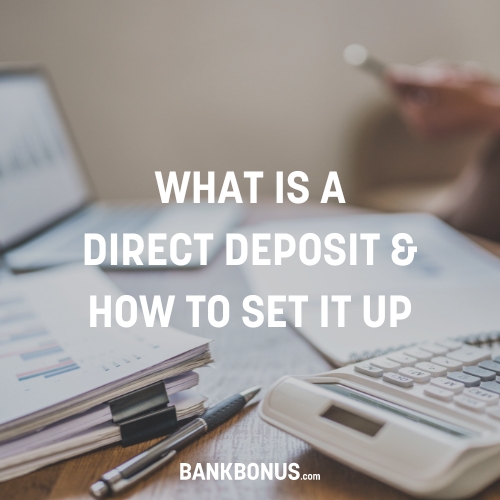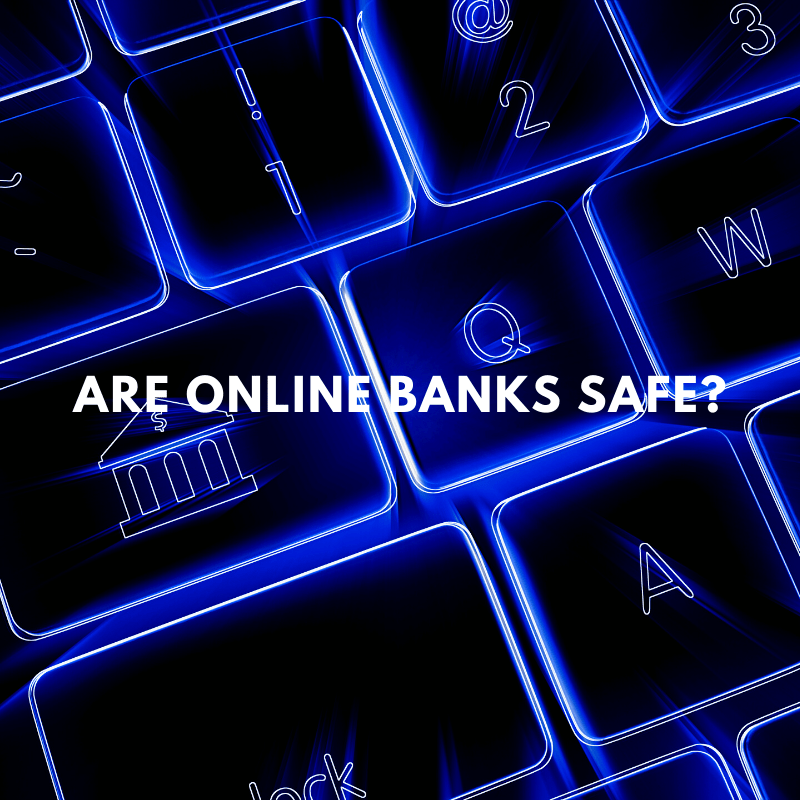If you’ve ever overdrafted your bank account, you know the pain of overdraft fees. Luckily, many financial institutions offer overdraft protection services that can deal a lesser blow to your finances if you outspend your account balance.
But it’s important to understand that overdraft protection policies can vary from one bank to the next, and a lot of banks charge for this service.
Below, we’ll take a closer look at how overdraft protection works and what options you have available to you.
What is Overdraft Protection?
Overdrafts are transactions from your account that exceed your available balance. For example, if you have $100 in your checking account then make a $120 debit card purchase and the bank accepts the charge, your account balance will drop to -$20, which could trigger an overdraft fee.
There are a few other ways you can overdraft your account, like writing a check that exceeds your account balance, making an excessive ATM transaction, or processing an ACH, direct deposit, or debit card payment beyond your account balance.
Overdraft protection shields you from overdraft charges and covers the transaction, but it may come at a fee. There are a few different types of overdraft protection, which we’ll unpack below.
How Overdraft Protection Works
If you don’t have overdraft protection in place and a transaction is attempted while you have insufficient funds, you could end up with a bounced check, declined debit card transaction, or a steep overdraft fee from your bank.
Overdraft coverage can protect you from these incidents in a few different ways.
- Linked Accounts: With this method, you set up an automatic money transfer for the missing amount from a secondary account – typically your savings account or your money market account to ensure purchases, transfers, or withdrawals are covered. Some banks charge around a $10 transfer fee for linked savings accounts.
- Lines of Credit: Instead of taking money from a secondary account, the bank provides you with a line of credit to cover the difference. You can expect to be charged a fee as well as interest on the borrowed amount. These lines of credit aren’t limitless, and in most cases, you need to be approved by the bank first.
- Cash advance: Some banks also offer a cash advance, which works the same way. Several online banks offer this service for free, with no additional fees or interest rate adjustments. Credit approval might be required.
- Low balance alerts: Email alerts are one of the simplest protections available when it comes to overdrafts. Most banks let you set up these alerts from their mobile banking app. With these alerts, you can monitor your checking account and receive a notification on your phone every time your account hits a threshold.
Pros and Cons of Overdraft Protection
Here are some of the biggest advantages and disadvantages of overdraft protection to keep in mind.
Pros
- Avoid declined transactions: Overdraft protection prevents your transactions from being declined due to insufficient funds. This can be helpful in emergency situations or when you are unable to monitor your account closely.
- Convenience: Overdraft protection allows you to make purchases or withdraw money even when you have insufficient funds in your account and saves you from the hassle of finding an alternative payment method or going to the bank to deposit money.
- Peace of mind: Knowing you have overdraft protection in place can give you peace of mind, especially during unexpected financial emergencies. It provides a safety net that ensures you can access the funds you need when you need them.
- Maintain relationships with creditors: Overdraft protection can help you maintain good relationships with your creditors by preventing missed payments or bounced checks. This can protect your credit score and prevent additional fees or penalties.
- Flexibility: Overdraft protection allows you to make necessary purchases or cover essential expenses even when your account balance is low. This can be particularly beneficial if you rely on your account for everyday transactions.
Cons
- Additional fees: Overdraft protection often comes with account fees, including overdraft fees and monthly maintenance fees. These fees can add up, especially if you frequently rely on overdraft protection.
- Encourages overspending: Knowing you have overdraft protection might encourage you to spend beyond your means, leading to a cycle of debt. It’s important to exercise caution and discipline to avoid falling into this trap.
- Potential for increased debt: Overdraft protection essentially allows you to borrow money from your bank, which means you are accumulating debt. If you don’t repay the overdraft amount promptly, it can lead to a growing debt burden and financial strain.
- Availability: Overdraft protection may have certain limitations or eligibility requirements, such as maintaining a minimum balance or meeting specific criteria.
Do All Banks Offer Overdraft Protection?
Most banks offer overdraft protection. It’s important to note that some banks may offer different kinds of protection, while others don’t cover overdrafts in any case.
Most banks list any overdraft protections they offer on their website, so it’s wise to check there first. You might also want to check your online banking or mobile banking app. Alternatively, you could give your bank or credit union a call.
How To Enroll in Overdraft Protection
In most cases, overdraft protection is opt-in, meaning you need to specifically ask the bank to include you in their overdraft protection program.
Some protections, such as lines of credit, require approval and may be denied in some situations.
Most banks let you enroll in overdraft protection through their online banking platform or mobile banking app. You can also visit your nearest branch if there’s one available or give the bank a call.
Frequently Asked Questions
How is an overdraft fee different from an NSF fee?
NSFs (Non-Sufficient Funds) are different from overdrafts in one important way. While overdraft payments go through even if you don’t have the available funds, NSF transactions decline, but you still get billed an NSF fee for trying to use your account when it has insufficient funds.
How much is an account overdraft fee?
Typically, an overdraft fee will set you back around $35.00, while many banks are eliminating overdraft fees altogether.
Some banks also charge Sustained Overdraft Fees or Extended Overdraft Fees when your account stays in the negative for an extended period.
Meanwhile, some banks have a grace period and wait to charge overdraft fees until the end of the business day, giving you some time to correct the negative balance. You will also find that many banks do not charge a fee if you overdraft by a certain amount, such as $5 or less.
Does overdraft protection hurt your credit?
Overdraft protection will not hurt your credit as long as you pay the charges on time and don’t ignore them.
How do you use overdraft protection?
Once set up, overdraft protection works automatically, depending on the type of protection you get. If you choose to link another account, keep in mind that you will still need to make sure you have enough money and don’t exceed the allowed number of transactions.
If you get a line of credit, on the other hand, you’ll need to make sure you pay the balance to avoid interest.
How can I avoid overdraft fees?
Ultimately, the best way to avoid overdraft fees is through careful planning and budgeting. If you’re an impulse buyer, make sure you have enough of a cushion to cover random transactions. Better yet, avoid unplanned purchases if they’re not an emergency or a necessity.
Learn More:
Overdraft Protection is Worth Considering
Overdraft protection can provide a much-needed safety net for individuals who want to avoid overdrawing their accounts but occasionally find themselves in a tight financial spot.
By understanding the terms and conditions of your account, regularly monitoring your balance, and exploring alternative options, you can make the most of this service while avoiding excessive fees.





Comments are closed.
Comments are closed here.